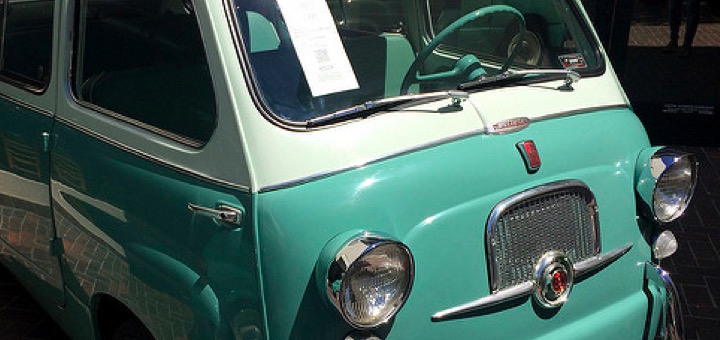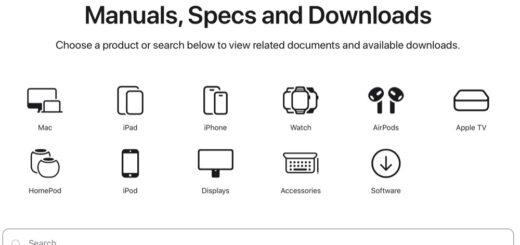UPDATED: What do you think Apple’s Shenzen, China R&D center is for?
UPDATE: Since writing this the other day we’ve learned Apple plans an iOS development center in Yokohoma, Japan, also the home of Nissan. (Which may mean nothing, or may mean something. Time will tell).
When Apple says it’s about to open an R&D center right in the middle of the iPhone factories, I think of:
- New process technologies
- New manufacturing methods
- New materials and working practices
- New developments in machining and material science
- New components, materials, silicon
- Innovations in production
- New products.
“We are excited to be opening a new Research and Development center here next year so our engineering team can work even more closely and collaboratively with our manufacturing partners,” Apple spokesman Josh Rosenstock told Reuters.
Closely. Collaboratively.
The center “is also aimed at strengthening relationships with local partners and universities as we work to support talent development across the country,” he added.
Partnerships
It may be interesting to consider Apple’s recently announced R&D locations, including those in India, China, Italy and Indonesia. Given how Apple works, any R&D it is doing could now be distributed on a global scale, with interesting results. This distributed system may have thought provoking implications following recent claims the company has sought partners for some of its unreleased projects in Europe.
India
Apple has an iOS development center in Bengaluru/Bangalore, India, and earlier this year announced a new Maps development center in Hyderabad, India. This hub will employ up to 4,000 people. Apple has worked hard on relationship building in India, including with major conglomerate, Tata. Tata owns the Tata CLiQ mobile stores and the world’s fifth-largest auto manufacturer (owner of the Jaguar, Land Rover marques, Tata Motors).
China
China is also interesting, particularly given recent claims that Apple’s head of M&A, Adrian Perica, holds a seat on the Didi Chuxing board since the company took a billion dollar stake in the ride-sharing service. (Perica also apparently led M&A talks between Apple and Tesla in 2014). Apple’s decision to deepen its investments in China at the heart of its most sophisticated manufacturing zone will prove highly significant, as I noted above. The country also has a deep commitment to radical environmental targets, including emissions reduction, green, and alternative energy supply, which is in part why Apple has made significant green energy investments there. For more on the new Shenzen center look at these reports from Reuters and Apple Insider, and please get back to me with your conclusions.
Italy
Apple’s iOS development center in Naples, Italy, is focused on developing local talent. It’s possible some of that local talent works at Fiat Chrysler’s modern manufacturing facility in the city. The world’s seventh-largest automaker, Fiat Chrysler owns the Alfa Romeo brand that filmed its most recent promo video on an iPhone 7 Plus. The chief of Fiat Chrysler Automobiles NV and chairman of Ferrari, Sergio Marchionne is a self-confessed “Apple freak” (so you can imagine his chats with fellow Ferrari board member, Apple’s Eddy Cue). He told media at this year’s Geneva Motor Show that he thought Apple should think about partnering with his company if it chose to manufacture Apple Cars. He met with Apple’s Tim Cook and Tesla’s Elon Musk to discuss car collaboration in May 2015, one year after a mysterious Californian company, SixtyEight Research, imported a 1957 Fiat Multipla 600 from the UK to the US (it’s the same car as in the picture). Apple last year hired Senior Vice President of the Chrysler Group, Doug Betts.
Indonesia
In the next three years, Apple says it will open two R&D centers in Indonesia in Java and one other location that hasn’t yet been revealed. That’s quite interesting given the Indonesian government wants to make the country a global vehicle manufacturing base. Indonesia is already the second-largest car manufacturer in Southeast Asia (after Thailand).
There’s plenty of food for thought in all of this. And while we have no tangible evidence to categorically say this has anything whatsoever to do with an unreleased and unannounced Apple product the company hasn’t ever said it is developing, all these circumstantial slices of synchronicity do confirm that if the company does drive the project with these partners on board, it could potentially reach a huge market quite successfully. Weave all these elements together and Apple seems to be aiming to become a top five auto brand, in some way.
Even if the speculation is meaningless (and it might be, as speculation is a posh word for “guessing” remember?), I remain utterly convinced it does represent Apple’s continued attempt to own not only the software, silicon and inherent technology used in its designs, but to also own the actual materials and processes that make its products. You cannot imitate that. Apple is expanding in every direction it can reach, which, in a connected age, is every direction.





